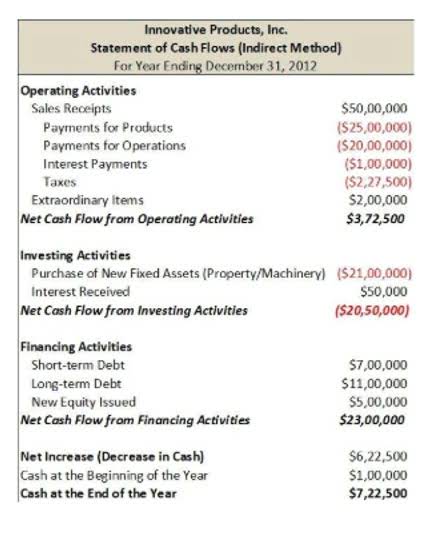What Is Incremental Cost and How Does It Impact Business Decisions?
August 5, 2021

It simply computes the incremental cost by dividing the change in costs by the change in quantity produced. Incremental costs are the costs linked with the production of one extra unit, and it considers only those costs that tend to change with the Cash Flow Management for Small Businesses outcomes of a particular decision. They are always composed of variable costs, which are the costs that fluctuate with production volume. Marginal costs can be easily calculated by dividing the change in total cost by the difference in the quantity of output.
Incremental Cost: How to Measure the Change in Cost Due to a Change in Output or Input

Software companies often face decisions about developing new features or enhancing existing ones. They need to assess the additional development costs (coding, testing, and deployment) against the bookkeeping expected benefits (user engagement, retention, and potential revenue). In obtaining a contract, companies sometimes incur costs that would not have been incurred if the contract were not obtained. Many different costs can meet this definition; however, the most common example of this type of cost is a sales commission.

What Is Production Management System? – Definition, Importance & Benefits
- Whether you’re a manager optimizing production, an economist analyzing market behavior, or a student studying microeconomics, understanding incremental cost is essential.
- It is usually calculated when the company produces enough output to cover fixed costs, and production is past the breakeven point where all costs going forward are variable.
- Remember that fixed costs are like the sturdy foundation of a building—they provide stability and support for growth, even when the winds of change blow.
- If a reduced price is established for a special order, then its critical that the revenue received from the special order at least covers the incremental costs.
- By acknowledging these limitations, we can make more informed choices in the complex landscape of business decisions.
- They can include the price of crude oil, electricity, any essential raw material, etc.
If expansion involves cross-border operations, businesses must navigate varying employment regulations, tax structures, and currency exchange risks. Expanding production often requires hiring more workers or increasing overtime. Labor costs depend on wage rates, overtime premiums, and potential changes in benefits or payroll taxes.

Incremental cost and its effect on pricing
Contrastingly, discretionary annual bonuses — contingent upon factors like annual sales targets, the entity’s overall profitability, and individual performance assessments — are not recognised as assets. They are influenced by broader considerations, including the financial success of the entity and the performance of individual employees. Consequently, such bonuses do not qualify as genuinely incremental or directly linked to specific contracts, thus differing from the aforementioned incremental costs.
How do you calculate the incremental cost at different scales of production?
In the realm of business decision-making, understanding incremental cost is akin to wielding a powerful tool. It allows organizations to dissect the impact of changes in output or input on their overall cost structure. By delving into the nuances of incremental cost, businesses can make informed choices that optimize efficiency, profitability, and resource allocation. In summary, understanding the concept of output or activity level is essential for businesses to analyze costs, make informed decisions, and optimize their operations. By considering various perspectives and utilizing examples, we can gain a comprehensive understanding of how output or activity level impacts incremental costing.
- Analysis of incremental costs under ASC 606, including identifying the incremental costs, the criteria for capitalization, and how to amortize these costs.
- The cost of expanding a product line refers to the expenses that are incurred in releasing new items or categories under an existing brand name.
- A thoughtful evaluation can avoid unexpected negative outcomes that may actually increase costs over time.
- If your main competitor is selling similar loaves for $10, then you might be able to sell a lot more loaves if you price yours below that level.
- Incremental cost focuses on the money that companies have to invest in producing additional units.
- Therefore, dividing the change in total cost by the change in output allows for an accurate marginal cost calculation (Mankiw, 2016).
Suppose a manufacturing company is contemplating expanding its production capacity. By incorporating incremental cost analysis, the company can assess the additional expenses involved in increasing production and compare them with the expected increase in revenue. This analysis helps in determining incremental cost the feasibility and profitability of the expansion.

What Is Incremental Analysis?

If a reduced price is established for a special order, then it’s critical that the revenue received from the special order at least covers the incremental costs. On the other hand, average costs are calculated by dividing the total cost of production of specific goods by the number of units produced. Marginal cost is calculated as the amount of money that must be spent to produce a single extra unit. It can be done by dividing the change in total cost (ΔTC) by the change in output (ΔQ) (Mankiw, 2016).

